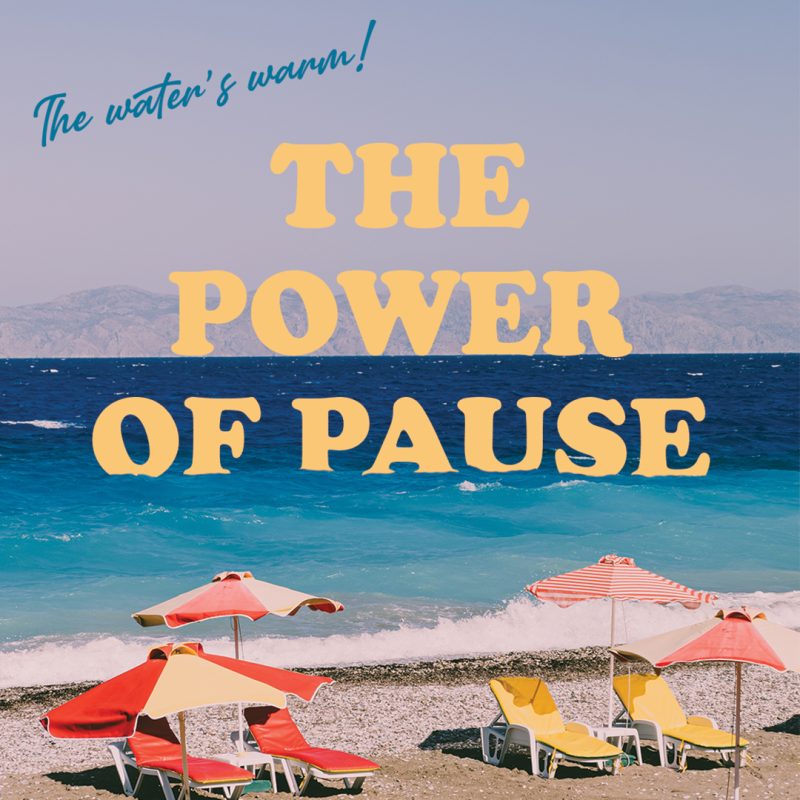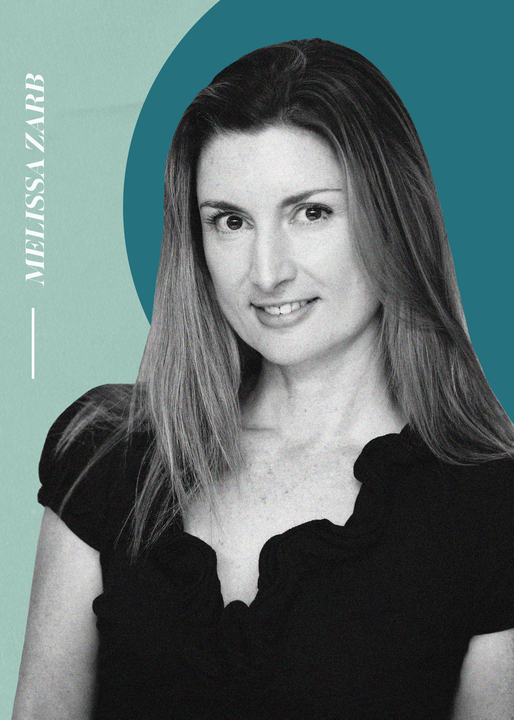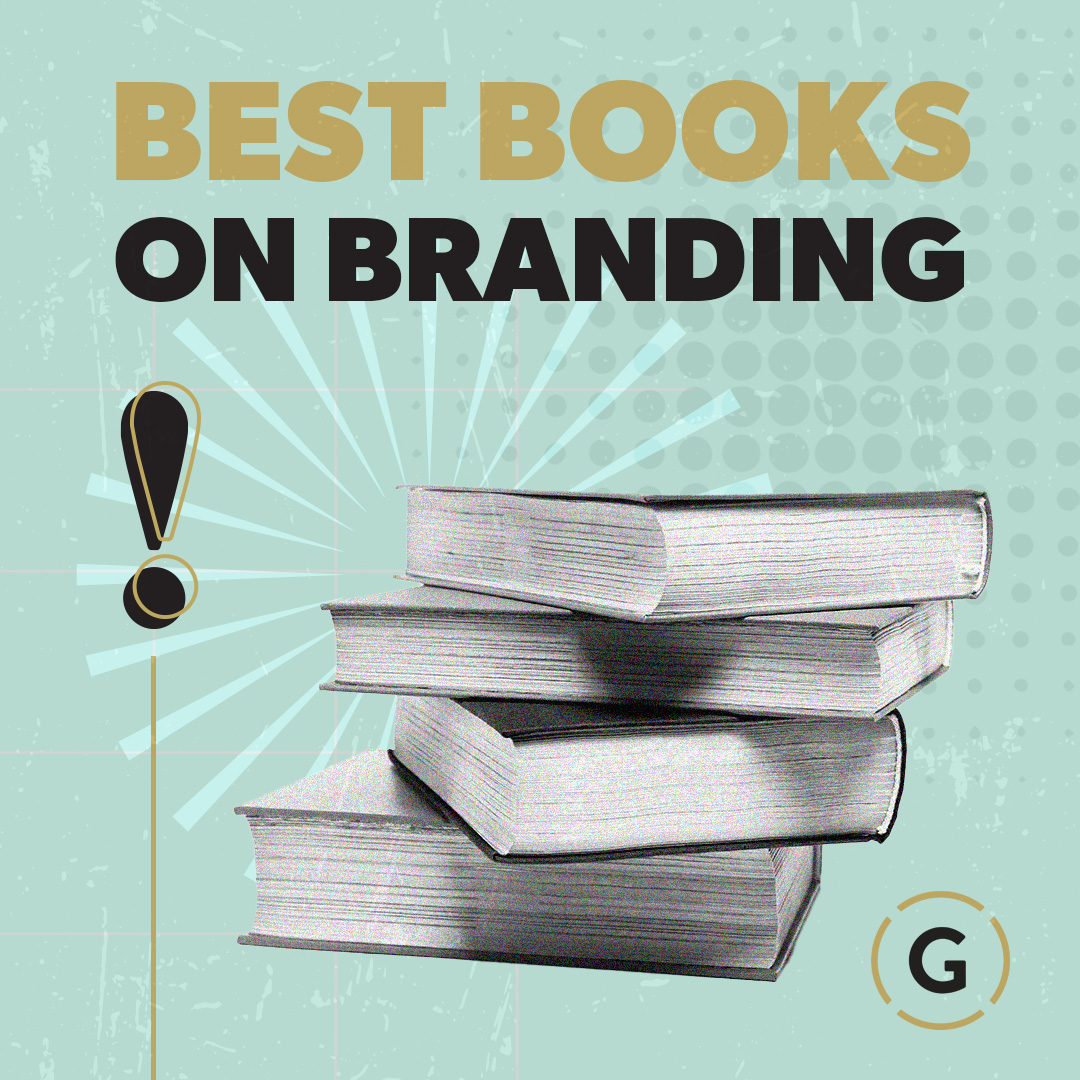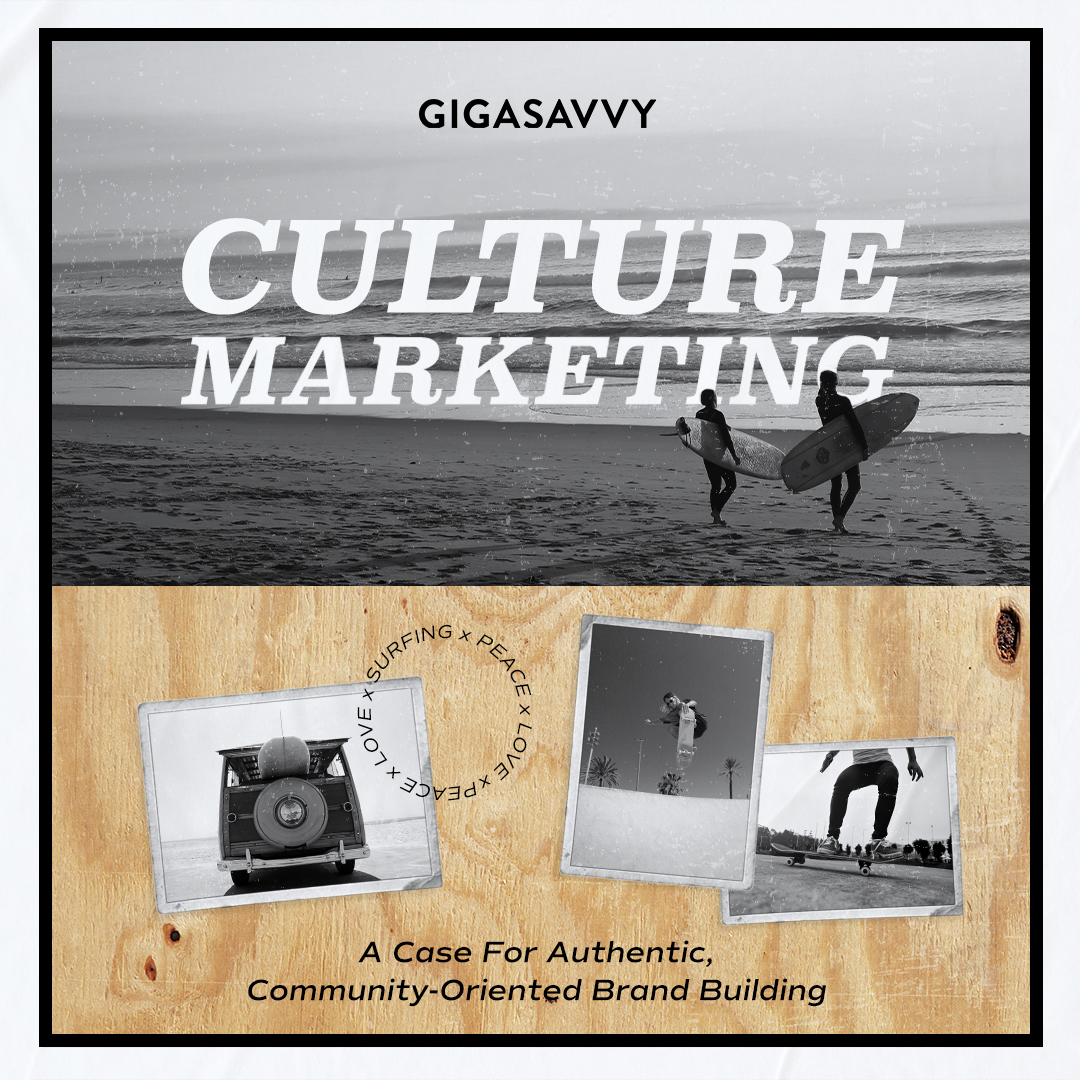Growth requires action. To expand your reach in the future, you have to be willing to put in the work today. But pushing forward non-stop at full steam is not a viable strategy over the long-term. For one thing, individuals and organizations need time to decompress, regather their energy, and realign their focus. For another, periods of idleness are often when the most meaningful growth often occurs.
Think of a competitive weightlifter. They consume thousands of calories a day and heft massive iron plates for hours to bulk up, but their bodies don’t actually change while they are exercising and eating. In fact, the most transformative moments of their fitness journey occur while they aren’t doing anything at all. It happens while they sleep. That’s when our bodies attend to sore muscles, repairing them and building them back even bigger and stronger than before.
The key to peak performance is, paradoxically, complete inaction — a long and restful pause. This concept applies in many contexts, including in large and small organizations.
Ignoring Burnout is Not a Strategy
Failure to take enough time to unwind and recover only leads to burnout, diminishing returns, avoidable errors, and, left unchecked, total collapse. And make no mistake, burnout, brought on by the breakneck pace of digital innovation and the stresses of a global pandemic and the economic turmoil it caused, is a serious and growing risk across industries.
The American Psychological Association’s 2021 Work and Well-Being Survey found that 79-percent of employees experienced work-related stress. 60-percent also said it was negatively impacting their performance by sapping their interest, motivation, energy, and undermining their emotional and physical wellbeing.
Today, there is a broad shift in the marketplace, touching consumers and the companies they patronize and work for, moving them towards actively supporting, promoting, and living a lifestyle centered around physical and mental health and wellness. Running yourself ragged is out. Taking the time for calm, quiet downtime when it’s needed is in — and it’s actually allowing people and companies to perform better. That’s the power of pause.
Pausing from time to time allows our bodies to recover and be better able to respond to the next challenge. Likewise, a refreshed mind is better able to innovate and create. The alternative is a path to lost productivity, dissatisfied employees and customers, and strategic executions that lack focus and impact.
Wellness Is Now Everywhere
According to an Ogilvy study, 73-percent of global consumers say wellness is now considered an essential element of brand strategy. Brands that are leveraging this trend authentically and creating messages which resonate around it can even charge a premium, because 59-percent of consumers say they are willing to pay more for wellness options.
According to a 2022 study by Accenture, wellness has become an “essential” category of consumer spending. That helps explain why the global wellness economy is currently pegged at $4.4 trillion and is outgrowing the overall market for all goods and services by two to one.
The sector is growing with good reason; namely, the needs of consumers are not being sufficiently met at the moment. Ogilvy reported that 80-percent of consumers say they want to improve their wellness — but only 46-percent think brands are prioritizing their wellness, and 75-percent say brands could be doing more to promote wellness.
That gap is opening the door for adaptive brands to step in and fill a role that is beneficial both to their customers and their own bottom lines: “Wellness has created new conversations, new expectations, new purposes – both for companies and individuals,” said Benoit de Fleurian, Ogilvy’s Global Planning Lead for Health & Wellness. “Wellness has inspired new businesses, new brands, new products, new services, new experiences. Wellness has seen companies pivot their strategy, business and portfolio.”
Another Ogilvy wellness expert, Marion McDonald, shared that sentiment and advised every brand to consider how they can capitalize on this trend and tie it organically back to their core brand mission: “Every brand can be a wellness brand now. Wellness is in many ways the more tangible benefit of ‘purpose.’ We think this is very good news for brands. It shows that wellness remains an opportunity for double digit growth by meeting numerous consumer expectations to close the gap.”
The stats bear out that guidance, with 67-percent of consumers saying they want more wellness options, regardless of what they are shopping for. 52-percent say they expect automobile, banking, and airline brands to offer wellness options, a mere 4-percent less than say the same about snack food manufacturers.
In addition to making for healthier, happier, more productive customers, promoting wellness helps brands foster closer and more lasting relationships with their audience. As with all forms of cause marketing. authenticity is essential here. Consumers are skeptical, jaded, and quick to defect from brands they perceive as disingenuous or making promises they can’t actually keep. Ogilvy’s Wellness Gap study proved that the hunger for wellness outreach and brand activity is real, but it also revealed that 59-percent of consumers say they generally don’t believe brand promises about wellness.
Tap Into the Power of Pause
Improving wellness can be a challenging goal, especially when the demands of work are at their greatest, which is why it requires an intentional approach.
The period right after launching a new product, service, or campaign can be hectic, dynamic, and even chaotic — but the period right before shouldn’t be. Taking the time to stop, step back, and examine the overview prevents groupthink and missing the forest for the trees, and it opens the door to insights that might otherwise be missed.
Great ideas are often elusive. The harder you chase after them, the further away they seem to be. It’s so frequently the case that breakthroughs happen not while we are neck deep in a problem but rather when we step away for a quiet moment. Once freed from the tumult, hunches and ideas start emerging from the unconscious corners of our minds.
The thing about hunches, however, is that they aren’t all of equal value. The gut feeling of someone that has done the work, knows their business inside and out, and who has developed years of ingrained muscle memory and sharply-honed instincts are worthy of attention. The intuition of someone inexperienced and just shooting from the hip isn’t.
But even that first class of hunches needs time to gestate. Not even zen masters can produce Earth-shattering insights on demand, they too need time for ideas to bubble up, bounce off each other, and develop the clarity they need to see the solution that registers with them on a deep level. Not only is that a more sustainable path to continual growth, it generates more authentic action.
Strategies and concepts that arise organically from a true, well-considered, internal place will always be more credible, genuine, and meaningful than those hashed together hurriedly and driven by necessity and expediency. That’s why we at Gigasavvy practice what we preach and promote a sustainable framework for creative development that is designed to bring out the best in our teams and our partners.
Is your brand ready to harness the power of pause? Gigasavvy is a brand strategy consulting agency and a creative agency, Chat with us to get started.



